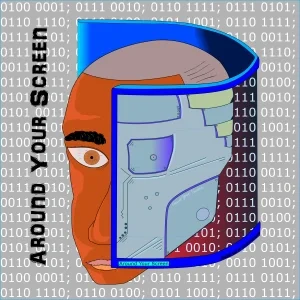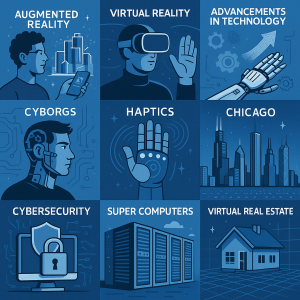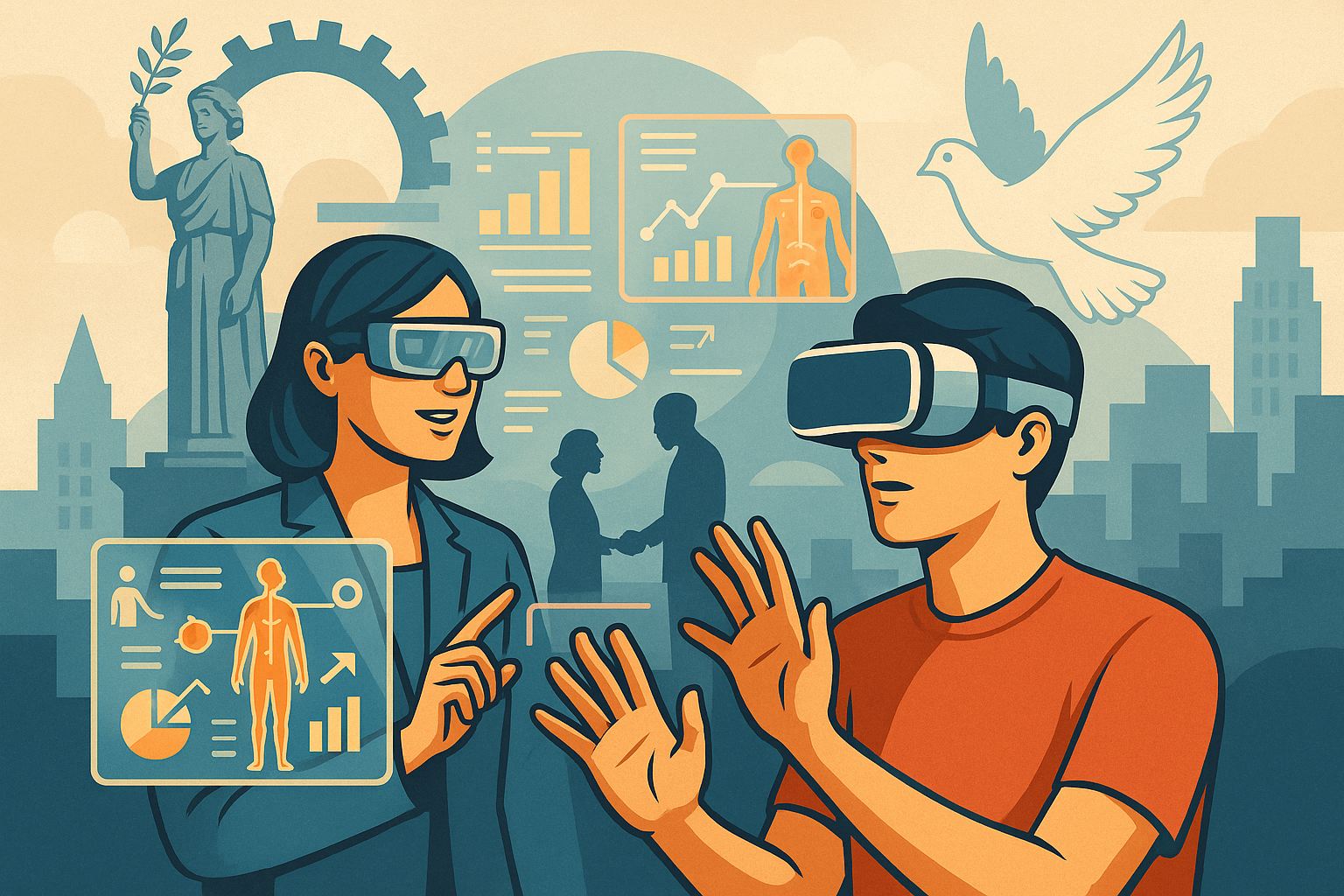
Throughout history, technological advancements have profoundly shaped the trajectory of human society, facilitating new forms of life and striving relentlessly toward the ideals of peace and efficiency. In recent decades, the rapid evolution of Augmented Reality (AR) and Virtual Reality (VR) has redefined the way people interact with digital information, blending the physical and virtual worlds in unprecedented ways. AR overlays digital data onto the real world, enriching everyday experiences and providing valuable tools in industries from healthcare to education. VR, on the other hand, immerses users in fully digital environments, opening doors for collaboration, entertainment, and even therapy. These innovations are not just altering how individuals perceive and experience their surroundings but are steadily influencing societal values, communication patterns, and notions of community, all while aiming to enhance quality of life and foster environments of peace—where knowledge transfer and understanding are richer than ever before.
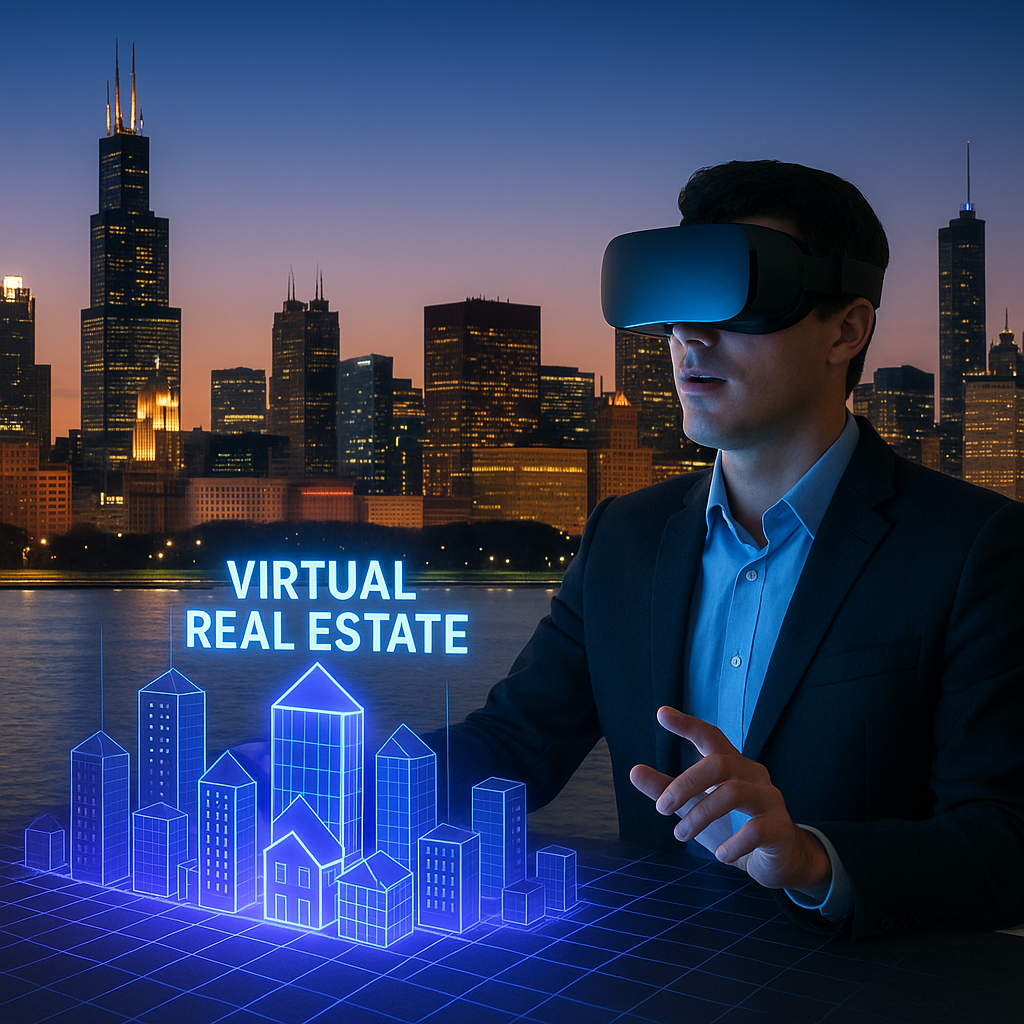
The city of Chicago stands as a prime example of a metropolitan area harnessing these technological achievements to shape its urban landscape. As a hub for innovation, Chicago has embraced AR and VR technologies within its educational institutions, businesses, and even its real estate market. Of particular note is the emergence of virtual real estate, where properties are not only bought and sold in the physical world but in digital domains as well. The introduction of virtual real estate markets means that people can now own, develop, and interact with digital representations of properties—enabling a new dimension of life and entrepreneurship. This trend not only influences the traditional economy but also fuels new discussions about digital ownership, privacy, and the importance of maintaining cybersecurity within these new virtual frontiers to ensure peace of mind for users.
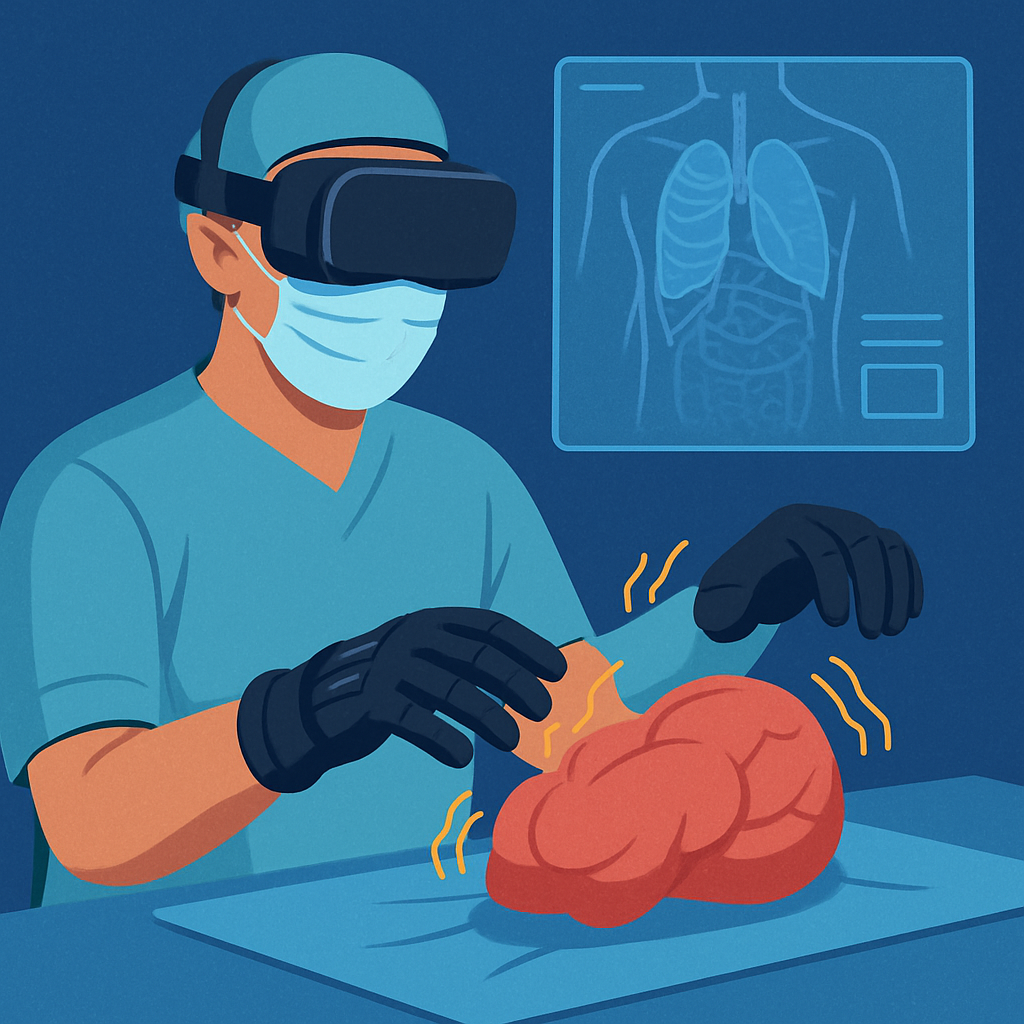
Hand-in-hand with advancements in AR and VR, the field of haptics has surged forward. Haptic technology allows users to feel virtual objects and environments, further bridging the gap between the tangible and the digital. This development, particularly when implemented in VR, adds a deeply humanistic touch to remote collaboration and digital experiences. For instance, medical professionals in Chicago can train in highly realistic simulations using haptic feedback, helping them prepare for complex surgeries in a peaceful, controlled setting before approaching real-life operations. The sense of touch, so integral to the human experience, is now digitally replicated—significantly enriching the sense of presence and engagement, and thereby enhancing learning, empathy, and the overall quality of life in shared virtual and augmented environments.

Central to these technological marvels are super computers and robust cybersecurity frameworks. Super computers, with their immense processing power, drive the complex simulations and real-time data processing that make advanced AR, VR, and haptic applications possible. These systems crunch enormous datasets and enable the creation of ever more realistic models and environments, from Chicago’s digital urban development planning to global medical research networks. However, as more sensitive life data and valuable digital assets transition into virtual environments, the threat landscape expands. Cybersecurity now stands as one of the pillars of peaceful digital society, protecting users’ privacy, financial investments, and even mental well-being. The interplay between super computers and cybersecurity isn’t just about hardware and code; it’s about safeguarding the foundations of trust and peace necessary for flourishing human society.

Looking forward, the integration of cyborg technology promises to further blur the lines between human and machine, augmenting human abilities and deepening our interaction with both physical and virtual worlds. Wearable devices, neural interfaces, and embedded chips highlight the expanding definition of what it means to be human in the digital age. These advancements encourage societies to rethink ethical boundaries and strengthen efforts toward equitable access, safety, and peace, as everyone seeks to balance innovation with fundamental human values. At the heart of all these technological achievements is the pursuit of improving life—enabling richer connections, smarter cities like Chicago, more immersive learning, secure digital landscapes, and ultimately, a world where peace is continuously maintained both online and offline. The journey reflects humanity’s enduring quest to harness science and technology for the greater good, shaping a future that is as exciting as it is promising.
